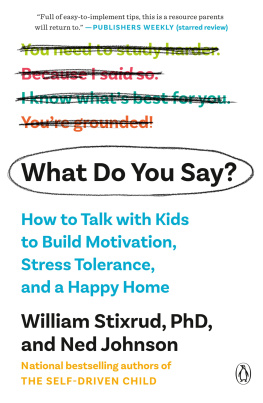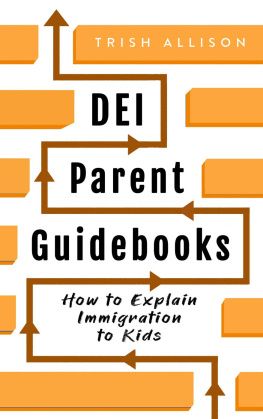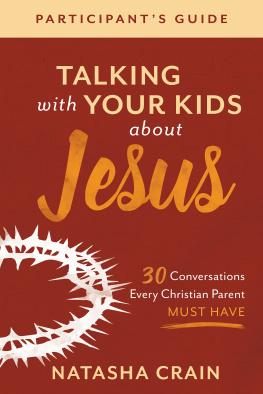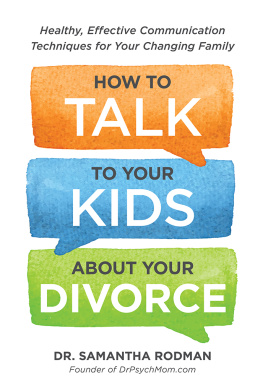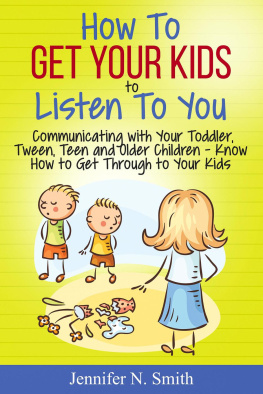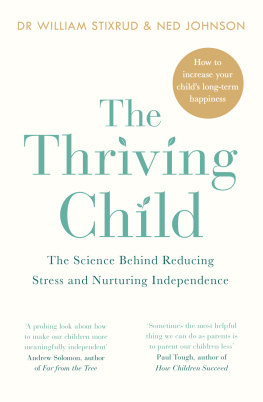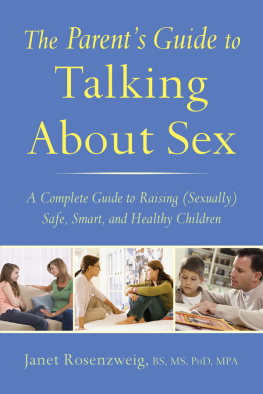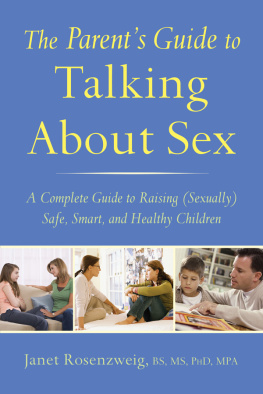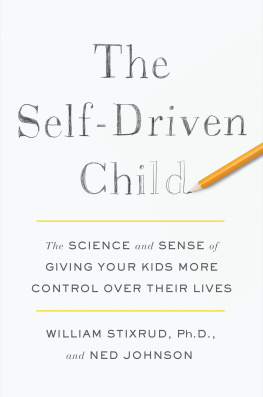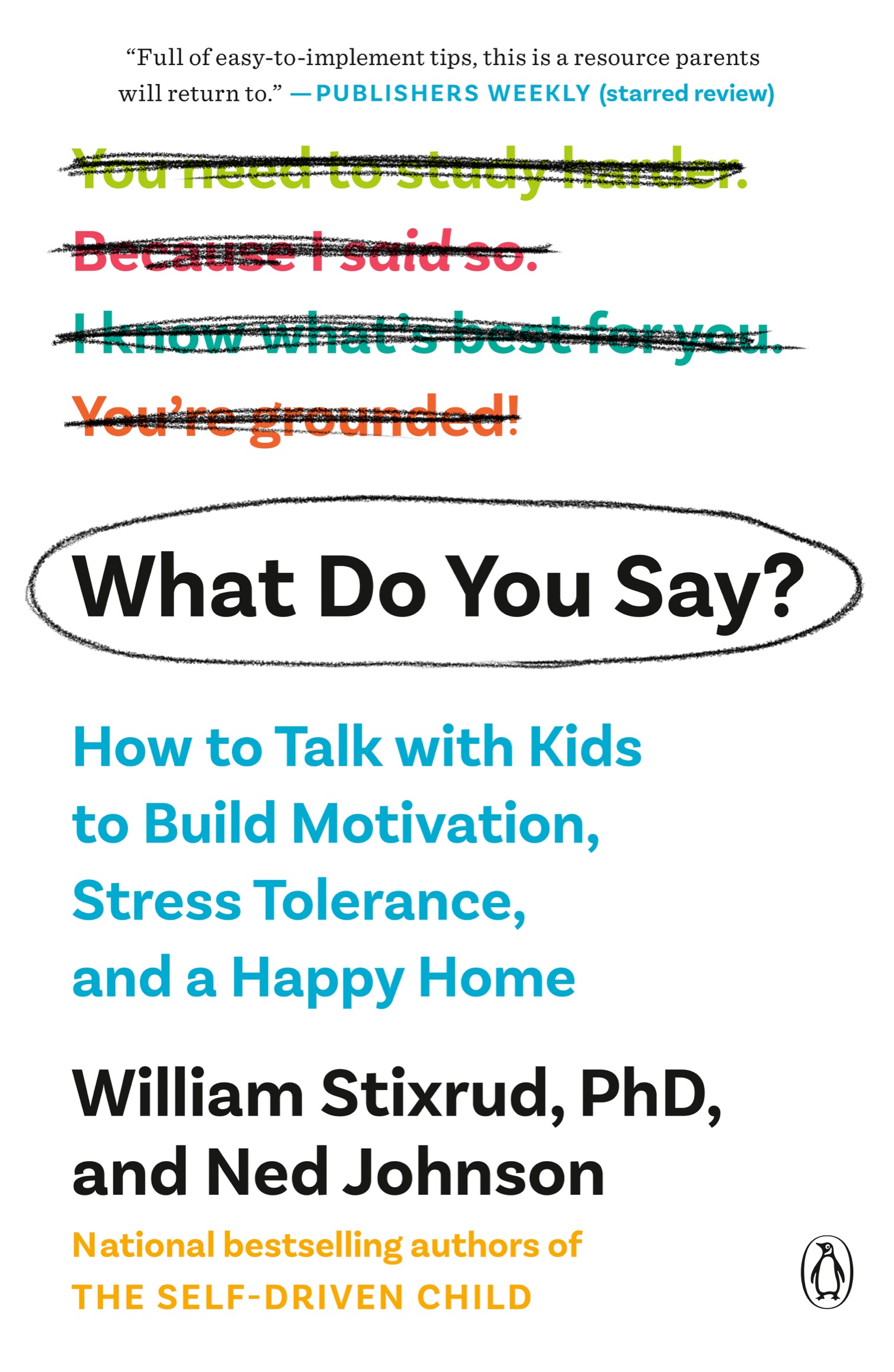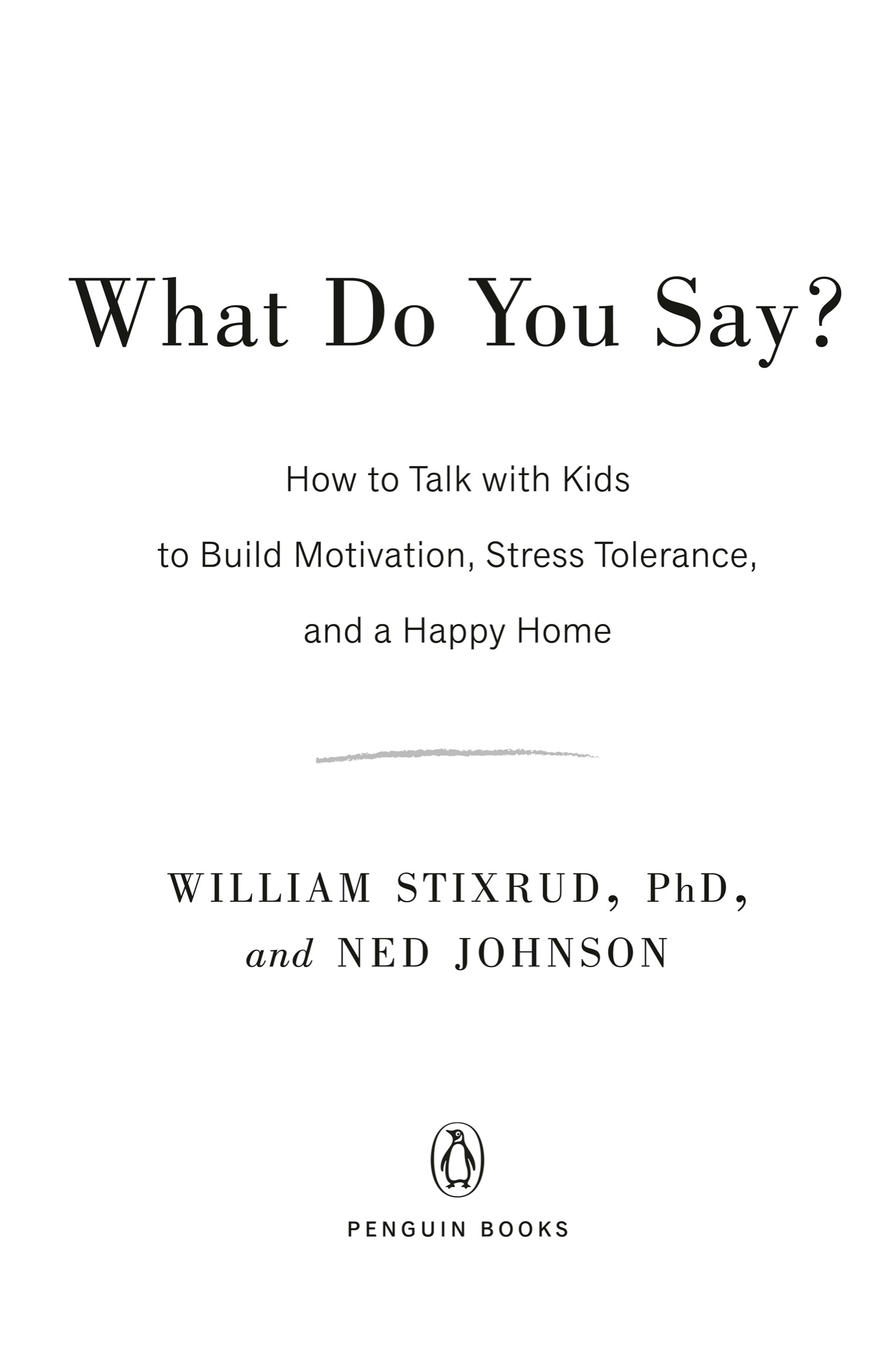William Stixrud PhD - What Do You Say?: How to Talk with Kids to Build Motivation, Stress Tolerance, and a Happy Home
Here you can read online William Stixrud PhD - What Do You Say?: How to Talk with Kids to Build Motivation, Stress Tolerance, and a Happy Home full text of the book (entire story) in english for free. Download pdf and epub, get meaning, cover and reviews about this ebook. year: 2021, publisher: Penguin Publishing Group, genre: Home and family. Description of the work, (preface) as well as reviews are available. Best literature library LitArk.com created for fans of good reading and offers a wide selection of genres:
Romance novel
Science fiction
Adventure
Detective
Science
History
Home and family
Prose
Art
Politics
Computer
Non-fiction
Religion
Business
Children
Humor
Choose a favorite category and find really read worthwhile books. Enjoy immersion in the world of imagination, feel the emotions of the characters or learn something new for yourself, make an fascinating discovery.
- Book:What Do You Say?: How to Talk with Kids to Build Motivation, Stress Tolerance, and a Happy Home
- Author:
- Publisher:Penguin Publishing Group
- Genre:
- Year:2021
- Rating:5 / 5
- Favourites:Add to favourites
- Your mark:
What Do You Say?: How to Talk with Kids to Build Motivation, Stress Tolerance, and a Happy Home: summary, description and annotation
We offer to read an annotation, description, summary or preface (depends on what the author of the book "What Do You Say?: How to Talk with Kids to Build Motivation, Stress Tolerance, and a Happy Home" wrote himself). If you haven't found the necessary information about the book — write in the comments, we will try to find it.
If youre a parent, youve had a momentmaybe many of themwhen youve thought, How did that conversation go so badly? At some point after the sixth grade, the same kid who asked why non-stop at age four suddenly stops talking to you. And the conversations that you wish you could haveones fueled by your desire to see your kid not just safe and healthy, but passionately engagedsuddenly feel nearly impossible to execute. The good news is that effective communication can be cultivated, learned, and taught. And as you get better at this, so will your kids.
William Stixrud, Ph.D., and Ned Johnson have 60 years combined experience talking to kids one-on-one, and the most common question they get when out speaking to parents and educators is: What do you say? While many adults understand the importance and power of the philosophies behind the books that dominate the parenting bestseller list, parents are often left wondering how to put those concepts into action. In What Do You Say?, Johnson and Stixrud show how to engage in respectful and effective dialogue, beginning with defining and demonstrating the basic principles of listening and speaking. Then they show new ways to handle specific, thorny topics of the sort that usually end in parent/kid standoffs: delivering constructive feedback to kids; discussing boundaries around technology; explaining sleep and their brains; the anxiety of current events; and family problem-solving. What Do You Say? is a manual and map that will immediately transform parents ability to navigate complex terrain and train their minds and hearts to communicate ever more successfully.
William Stixrud PhD: author's other books
Who wrote What Do You Say?: How to Talk with Kids to Build Motivation, Stress Tolerance, and a Happy Home? Find out the surname, the name of the author of the book and a list of all author's works by series.

